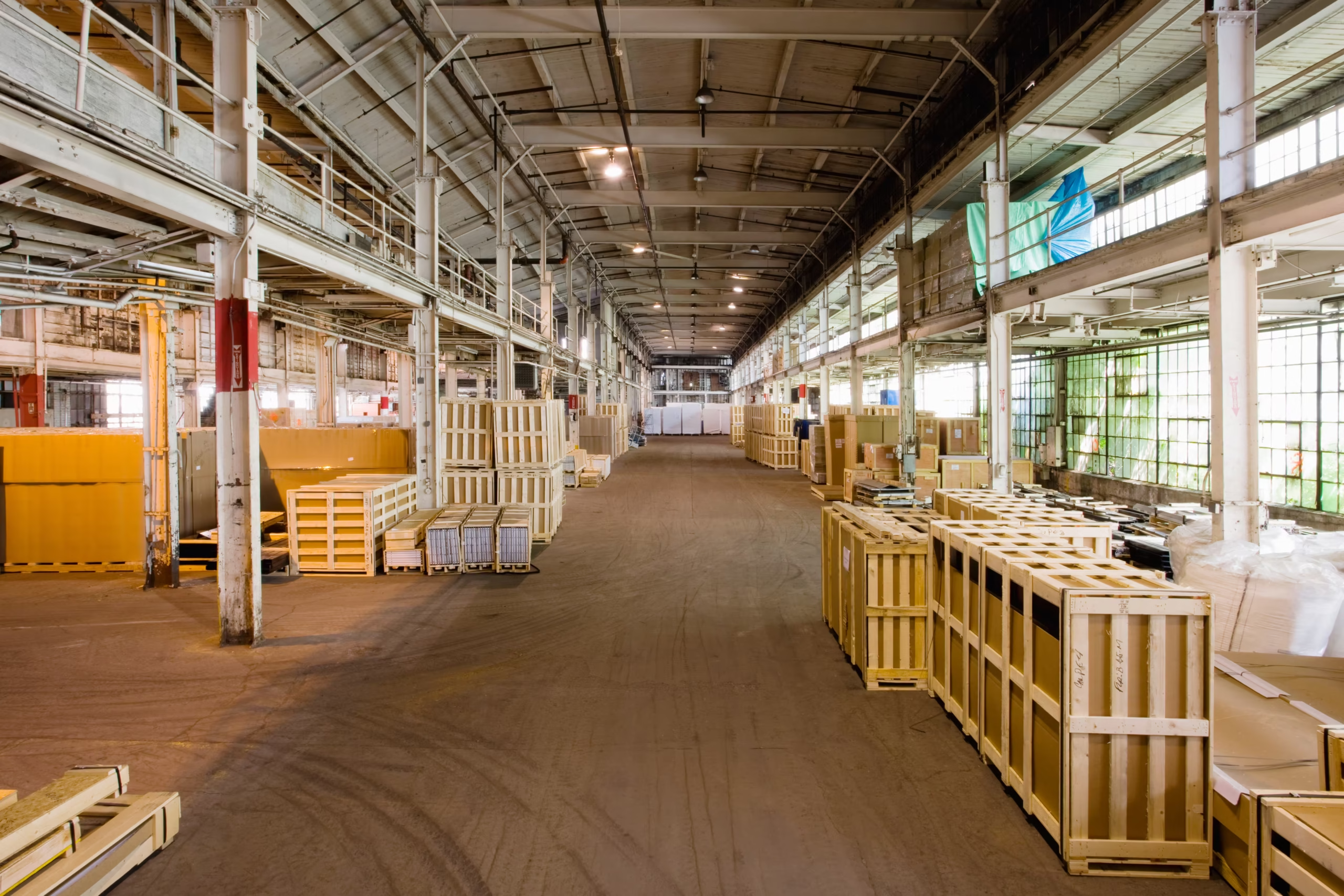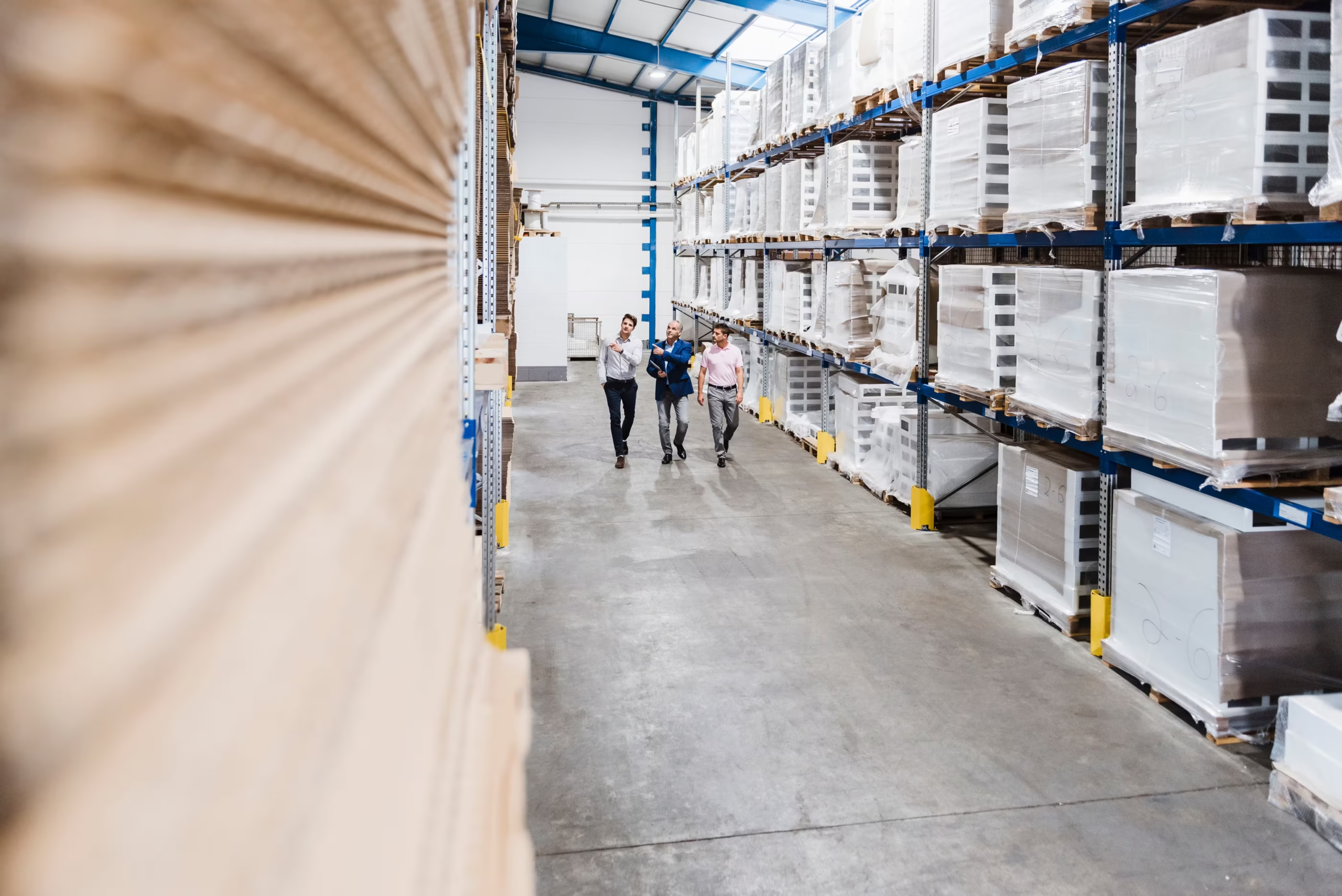Warehouses are the backbone of supply chain management, storing, arranging, and efficiently delivering goods. However, not all warehouses are the same.
From the old-fashioned storage centers to advanced distribution centers and data-driven warehouses, the variety of warehouses in the present times is as different as the businesses they work for.
In this article, we’ll explore the types of warehouses, including their logistics function and importance in the digital era.
We’ll also touch upon the types of data warehouse architecture and dimensions in data warehouses, offering a holistic understanding for businesses looking to optimize physical and digital inventory management.
1. What Is a Warehouse?
A warehouse is a big business building constructed for the storage of merchandise. The merchandise could be stored before retailing, shipping, or selling.
Warehouses can be utilized by manufacturers, importers, exporters, wholesalers, and companies that require large-scale storage facilities.
With time, warehousing has moved beyond being a mere storage facility. Today’s warehouses are powered by intelligent technologies and real-time inventory management systems, and they are usually the hub of international logistics operations.
You may also like – Types of PEB structures
2. Types of Warehouse in Use Today

Generally, a warehouse can be defined in terms of ownership, function, product, and technology. It is deemed that some significant warehouse types are found in various parts of the world, including India:
a) Private Warehouse
Private warehouses are basically run and owned by private companies or producers for the purpose of storing some company-specific products. Lesser control with more investment and maintenance.
Best suited for: Mass manufacturers or traders with fixed storage requirements.
b) Public Warehouse
Public warehouses may be rented by an individual or a firm. For any small party holding short-term or seasonal requirements, it serves as an economical option.
Best suited for: Small and Medium Enterprises (SMEs).
c) Bonded Warehouse
They are run by customs officials and hold imported goods prior to the payment of duties and taxes. Typically, they are found near ports and borders.
Best-suited for: Importers seeking tax-deferral advantages.
d) Distribution Centers
These quick-paced centres emphasize rapid movement of goods instead of long-term storage. Strategically placed close to consumer markets for timely deliveries.
Best suited for: E-commerce, FMCG, and retail organizations.
e) Climate-Controlled Warehouse
This type of warehouse stores perishable goods that require a certain controlled environment, such as pharmaceuticals, cosmetics, and perishables. The air must be temperature- and humidity-controlled in these warehouses.
Suitable for: Food, medical, and electronics sectors.
f) Smart Warehouse
The smart warehouse stands at the confluence of automation, AI, and IoT-enabled technology in the supply chain, undergoing real-time monitoring, robot-anchored picking, and superior data mining for inventory.
Suitable for: Tech-enabled businesses and big logistics operations.
3. Types of Warehouses in Logistics
In logistics, warehousing enhances product movement and delivery. The warehouse is thus considered to be a logistical warehouse:
- Consolidation warehouses: Product consolidation from different suppliers to unitize for shipment.
- Break bulk warehouses: Any bulk shipment is broken into smaller dimensions for further distribution.
- Cross-docking warehouses: Products are moved directly from incoming shipments to the outgoing shipments. There is minimum or no hold time.
In short, they cut shipping costs, facilitate timely delivery, and bring efficiency into the supply chain.
4. Types of Warehouses Existing in India
India’s geographical spread and booming industries have caused its warehouses to be very different and suited for domestic needs:
- Agri Warehouses: For grains, pulses, and other agricultural products.
- Cold Storage Warehouses: Highly relevant for the Indian food and pharma industries.
- Central Warehousing Corporation (CWC) Warehouses: Government of India-owned, spread all over India.
- Private & Public Sector Warehouses: Industrial & e-commerce necessity.
With the massive growth of e-commerce, India’s warehouse demand is now moving from tier 1 cities to tier 2 and tier 3 towns, which demands a combination of conventional and innovative solutions.
5. Data Warehouse Architecture Types
Warehousing today has transpired to extend beyond physical storage only. In today’s digital world, companies rely intensely on data warehouses to store, process, and analyze big data.
The principal data warehouse architecture types are:
a) Single-Tier Architecture
It strives to make the data environment more straightforward by keeping the data copies to a minimum. It is helpful but equally inflexible.
b) Two-Tier Architecture
It maintained the storage physically, and the interface to the user was distinct, but it suffered from scalability issues.
c) Three Tier Architecture (Most Popular)
Comprises:
- Bottom Tier: The data server (where data resides)
- Middle Tier: The analytics engine or OLAP server
- Top Tier: The front-end user interface (dashboards or reporting tools)
This architecture is scalable and, hence, the industry favorite regarding enterprise-level data warehousing.
6. Types of Dimensions in a Data Warehouse

Dimensions of a data warehouse assist in defining the “who, what, where, when, why, and how” of the data stored. Some important types are:
a) Conformed Dimension
Used by several data marts to provide consistent analysis.
b) Junk Dimension
Merges various miscellaneous attributes in one dimension to make data easier.
c) Degenerate Dimension
Present in the fact table but without its dimension table.
d) Slowly Changing Dimension (SCD)
Tracks historical changes to attributes over time (e.g., tracking a customer who changes their address).
Knowledge of these assists in constructing solid data warehouse models that reflect real-world operations.
7. Choosing the Proper Warehouse Type
Choosing the right kind of warehouse, physical or data-based, depends on your specific business requirements:
- Are you storing goods for a short or long period?
- Are your products sensitive to temperatures?
- Do you have a need for quick dispatch and delivery?
- Do you require real-time analysis and inventory management?
Answering these questions will help you determine if a physical private, public, or smart warehouse, or centralized vs. decentralized architecture (digital), is most suitable for your operations.
Conclusion on Types of Warehouse
Warehousing has evolved from simple storage. From physical logistics hubs to virtual data storage centers, they form the backbone of everything from inventory management to customer experience.
Understanding what types of warehouses, structures, and functions in logistics or IT allows companies to operate more effectively, be cost-efficient, and grow more efficiently.
Whether sending goods around the world or processing terabytes of data, the correct warehouse model will always be one of the main pillars of success.
Frequently Asked Questions Regarding Types of Warehouse
Below are the answers to the most asked queries on the internet regarding types of warehouse.
Q1. What are the types of warehouses in India?
In India, the major types include public, private, bonded, agri, cold storage, and government-run warehouses like those by the Central Warehousing Corporation (CWC).
Q2. What are the four types of warehouses?
The four general types are:
1. Private Warehouse
2. Public Warehouse
3. Bonded Warehouse
4. Distribution Center
Each has specialized storage and logistics functions for different scales of business.
3. What are the warehouse types in logistics?
In logistics, warehouses are categorized by function:
1. Consolidation Warehouses
2. Break Bulk Warehouses
3. Cross-Docking Warehouses
They increase transportation efficiency and lower costs along the supply chain.
